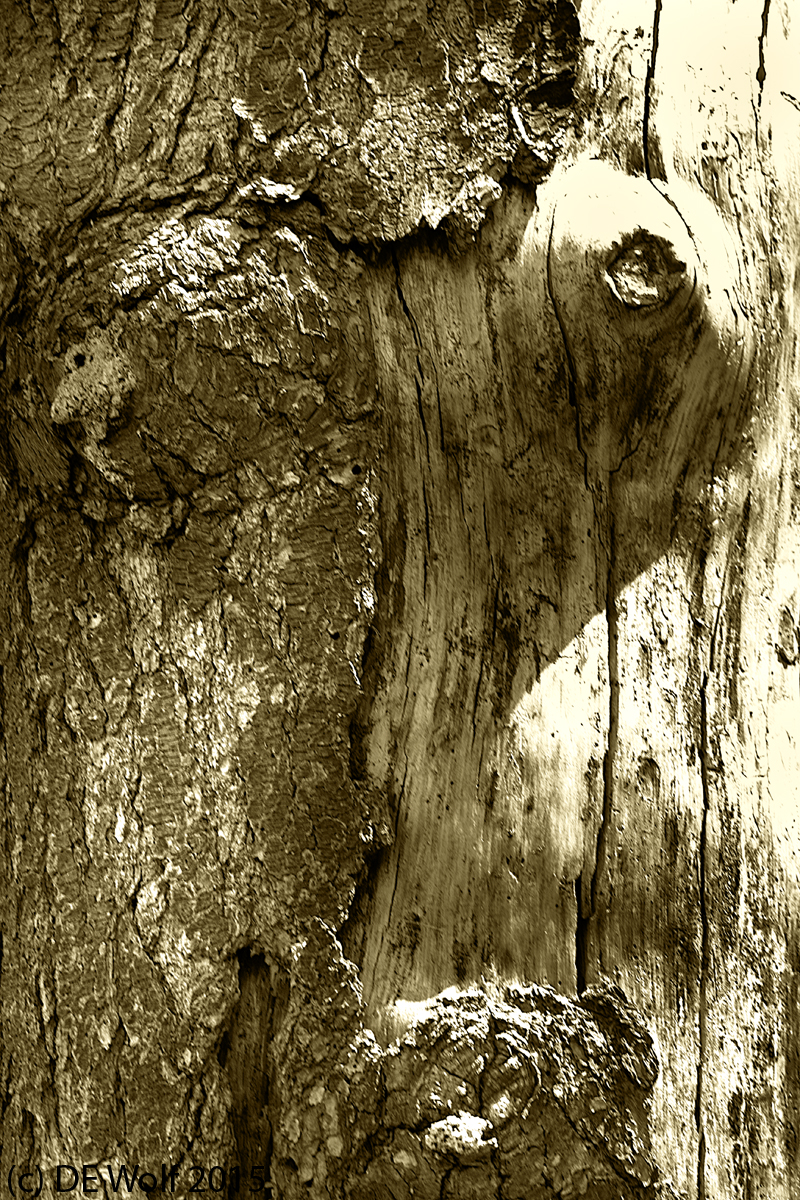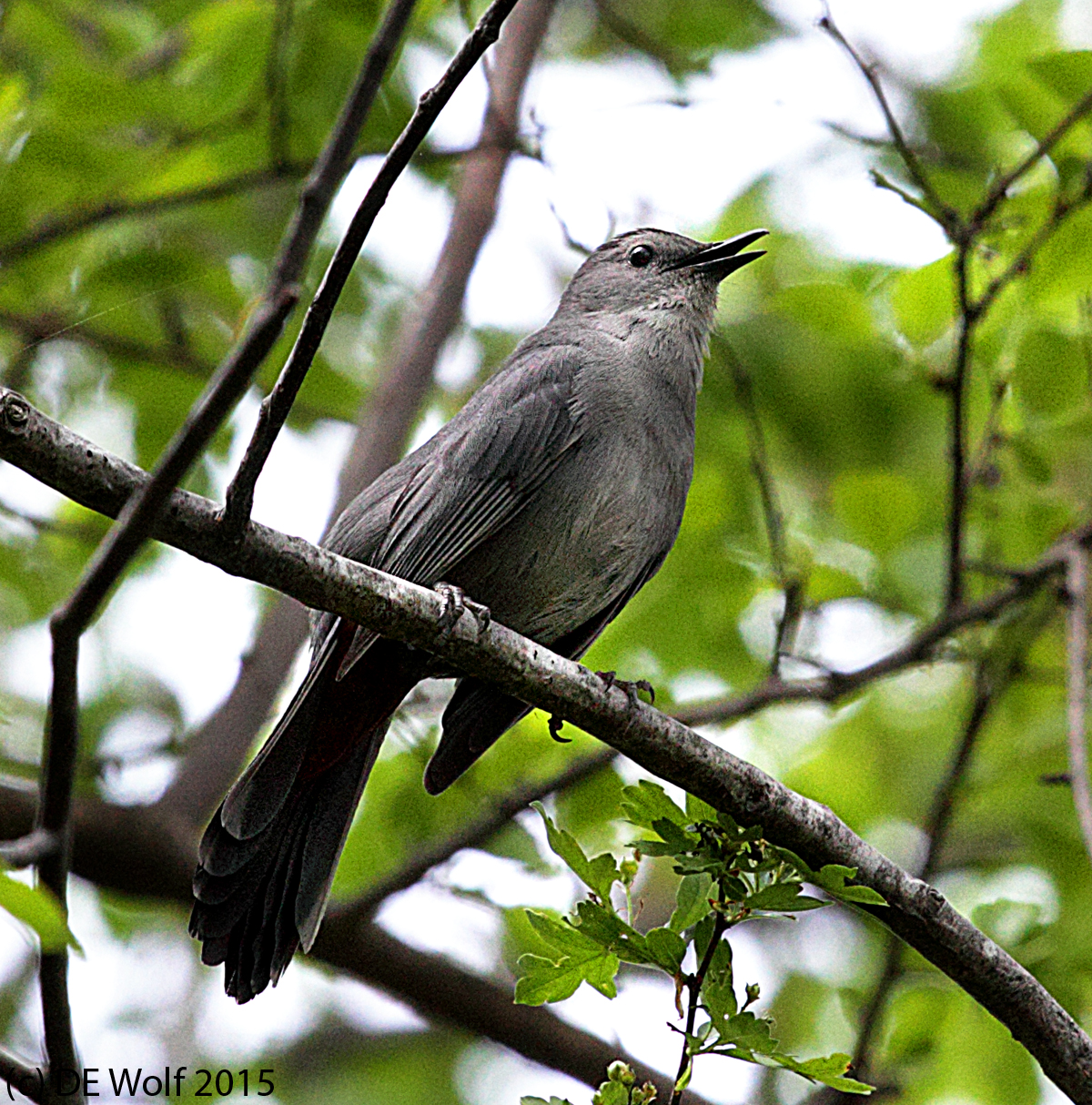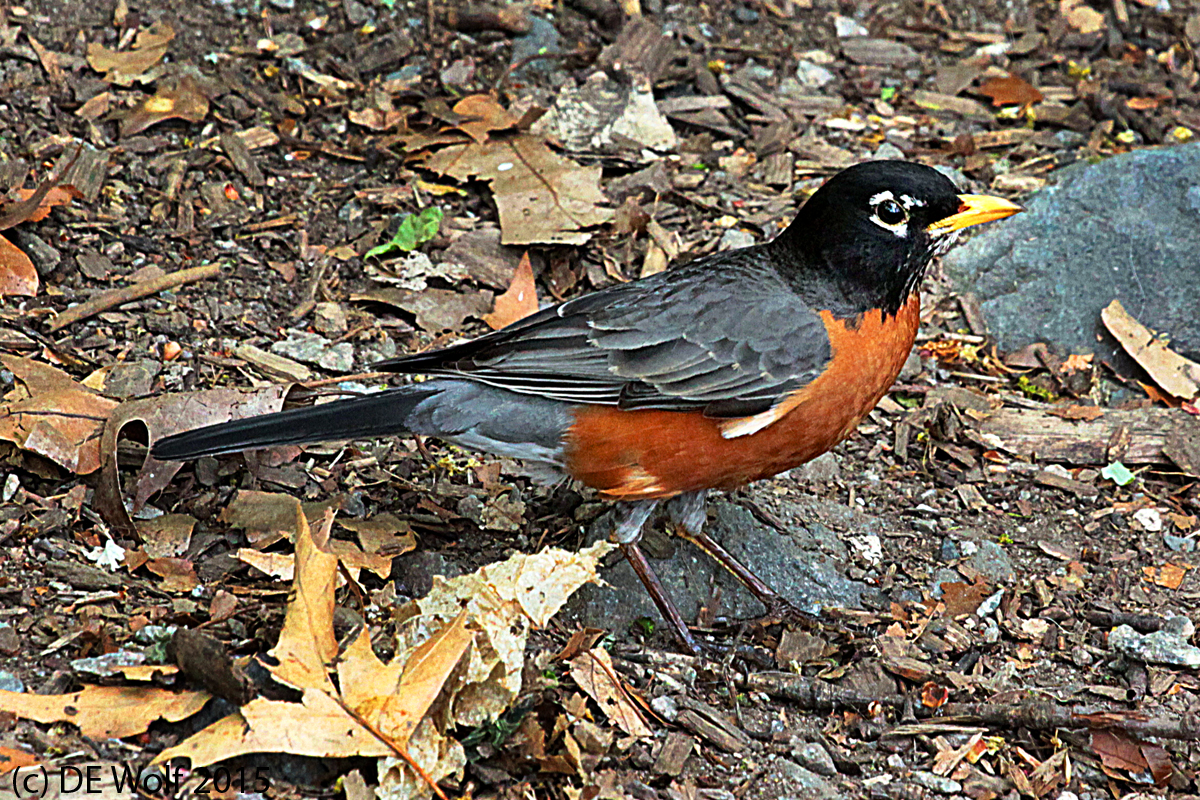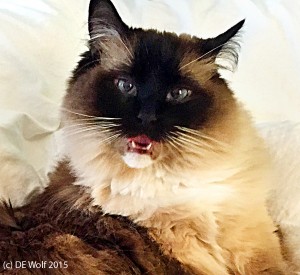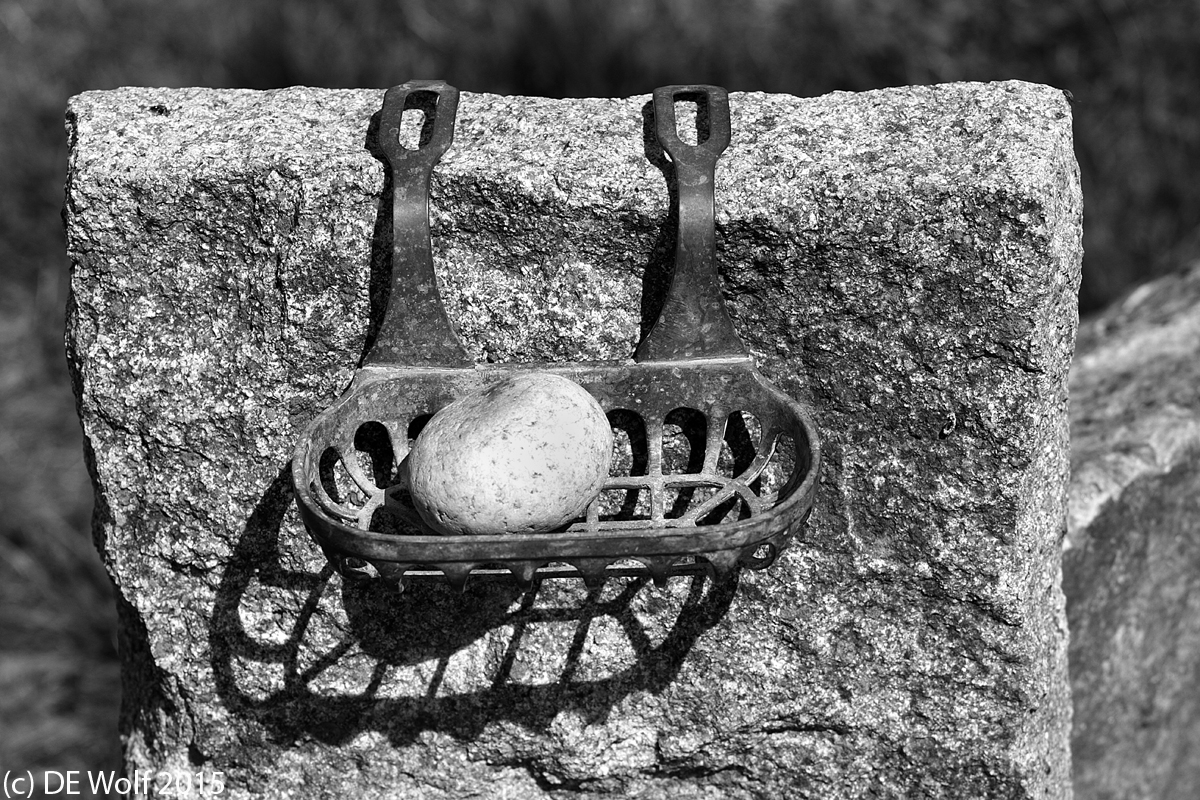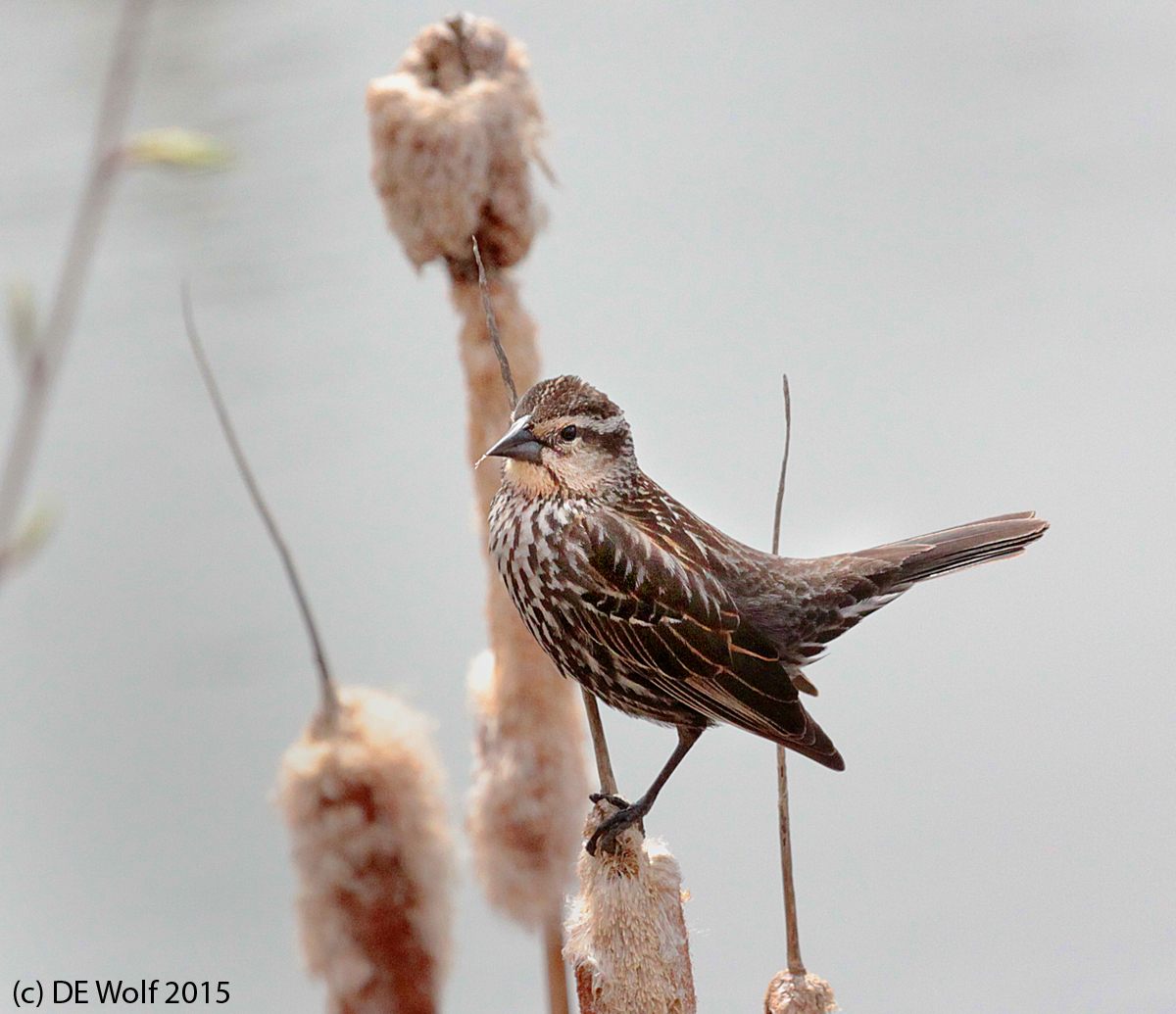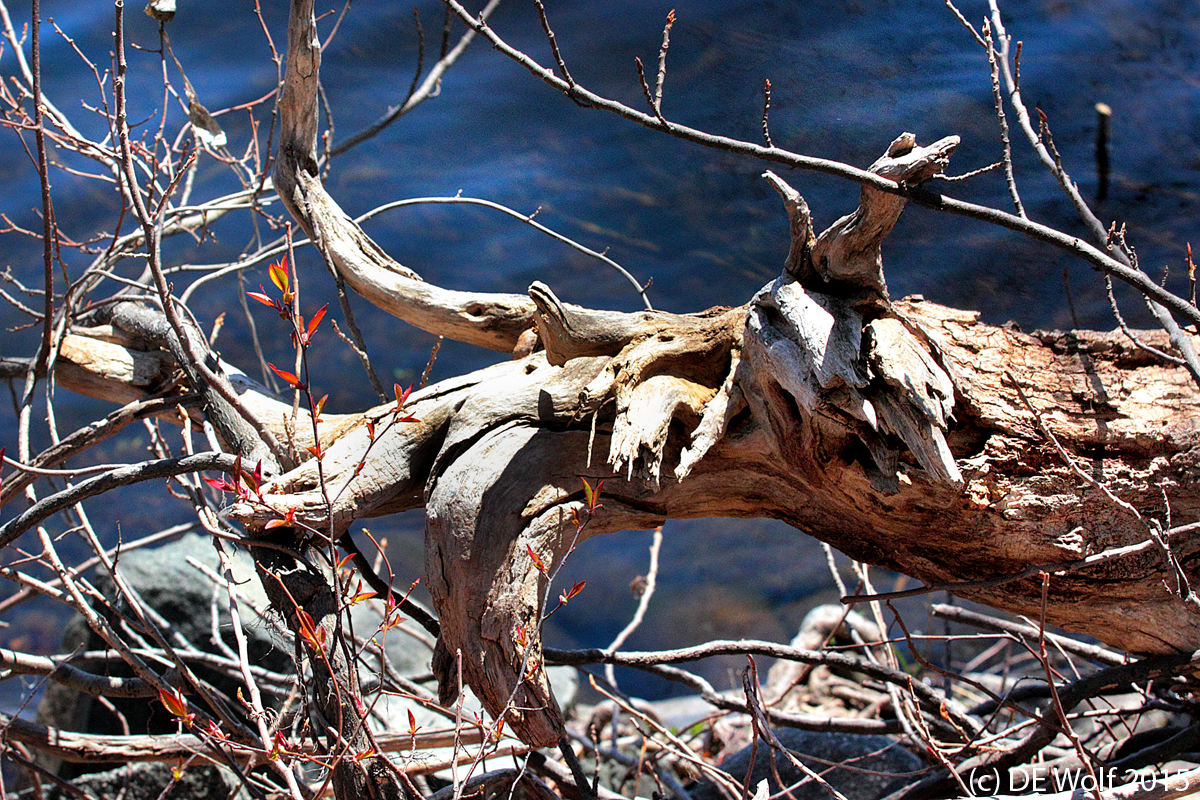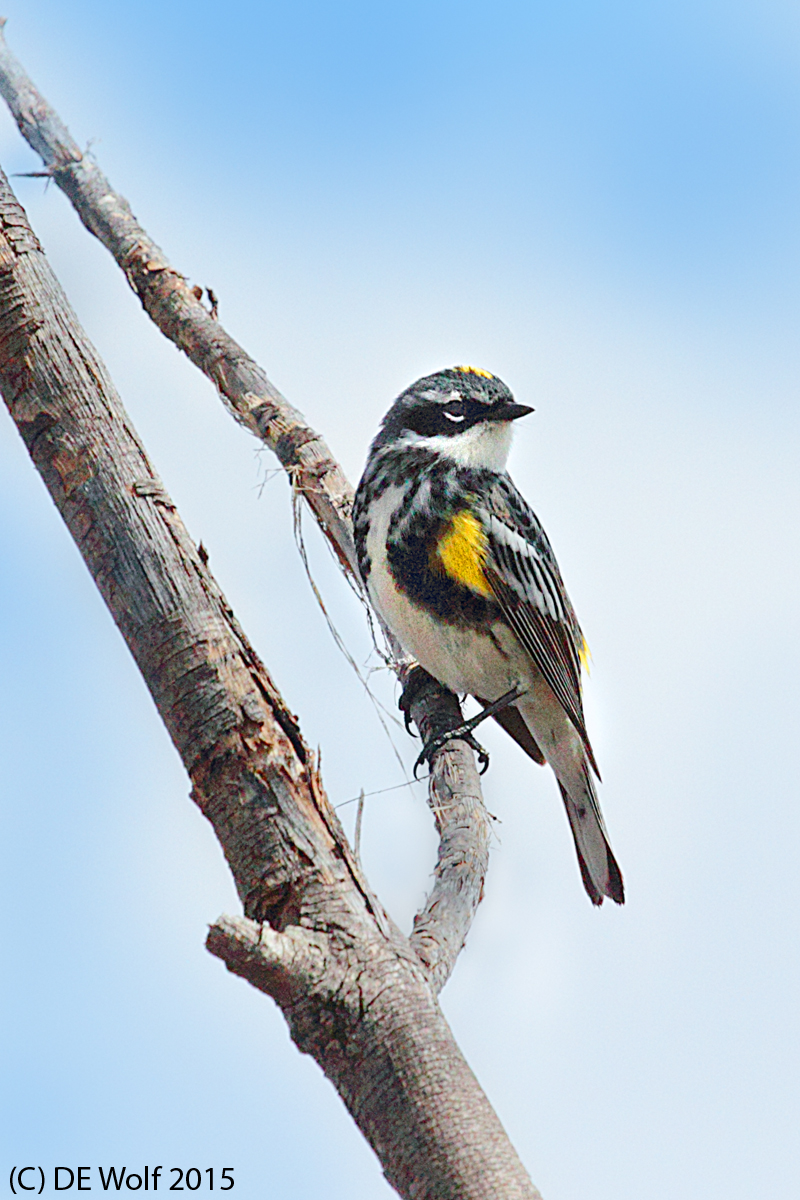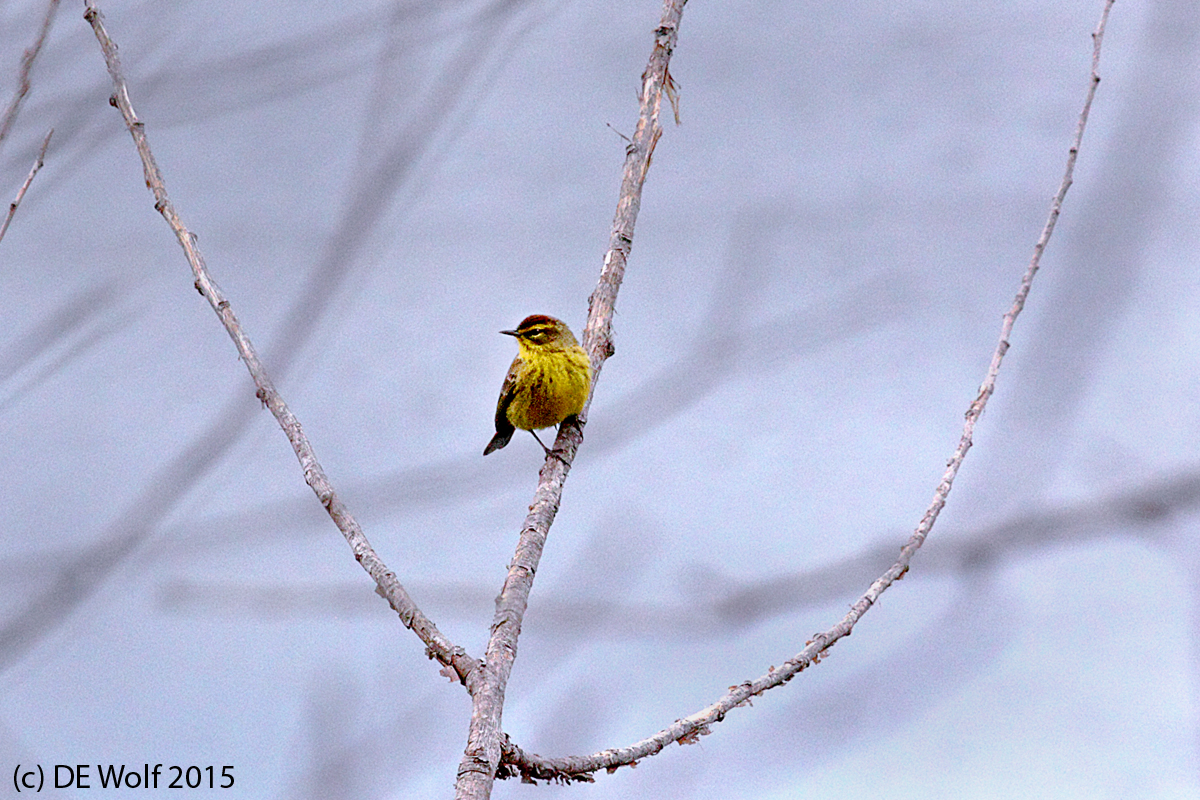Last Friday I took a break from photographing birds to capture the texture of peeling bark on the trunk of a venerable tree at Fresh Pond. Actually, this particular tree is long gone and reduced to being the post that holds a birdhouse high above the ground by Black’s Nook. For me this is the defining black and white subject – contrasting texture between the bark and the smooth wood, which in turn creates a contrast between a diffuse and a specular reflection.
Taking this photograph actually screwed me up. I find that when photographing birds it is important to have your camera preset, just in case. That means ISO set to 1600, spot center metering, and F/7.1 (for this lens). A short while later I came upon a beautiful pair of Baltimore orioles and started taking pictures. I couldn’t figure out why they weren’t coming out in focus and only after realized that I was set on the distributed metering appropriate to the tree. Arg!! another of lifes little lessons.
It continues to be a great spring in Cambridge. On Thursday I saw my first green heron high in a tree survey they nook. I took a couple of images but these are almost certain to be too distant for a decent shot. Then on Friday I spooked one of the herons when I stepped onto the observation deck on Black’s Nook and this sent him flying in that characteristic pterodactyl style that makes you think “welcome to Jurassic Park.” I stood a while to admire his flight.” It is oh so humbling when you realize for just how many years birds have been flying like this.
Canon T2i with EF70-200mm f/4L USM at 94 mm, ISO 200, Aperture Priority AE mode, 1/125th sec at f/6.3 with no exposure compensation.

